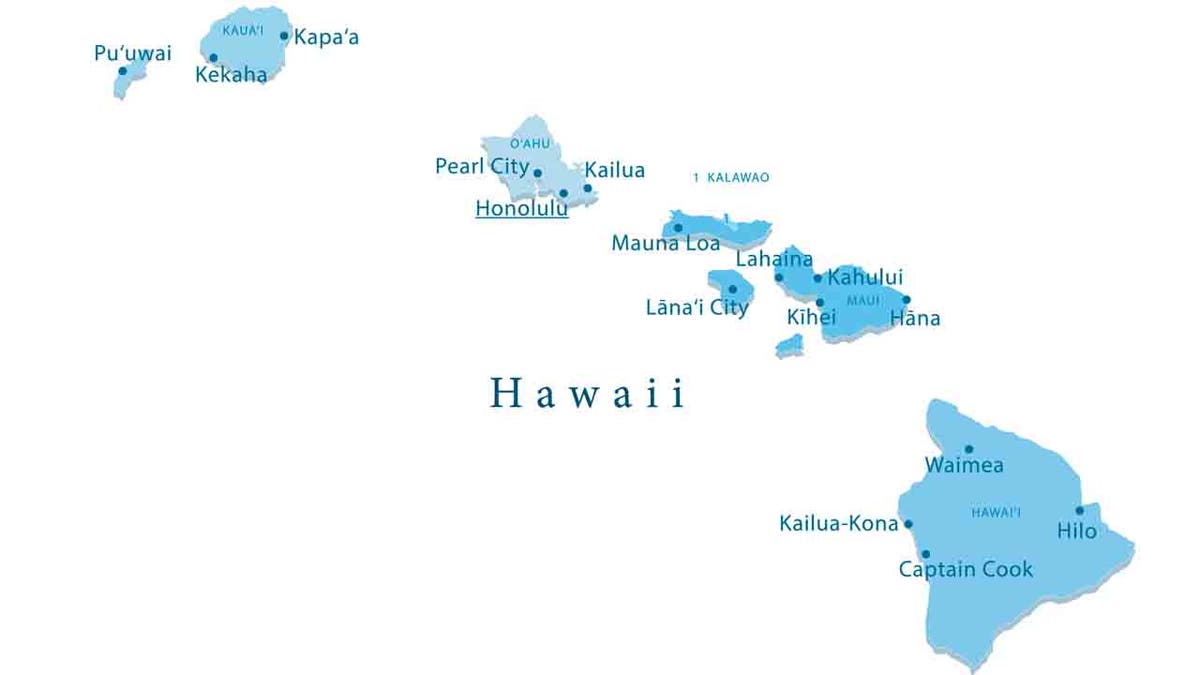Southeast
US wildlife officials declare 21 species extinct, removes them from endangered list
The U.S. Fish and Wildlife Service is removing 21 species from the Endangered Species Act (ESA) due to extinction.
“Federal protection came too late to reverse these species’ decline, and it’s a wake-up call on the importance of conserving imperiled species before it’s too late,” U.S. Fish and Wildlife Service Director Martha Williams said in a press release. “As we commemorate 50 years of the Endangered Species Act this year, we are reminded of the Act’s purpose to be a safety net that stops the journey toward extinction. The ultimate goal is to recover these species, so they no longer need the Act’s protection.”
Most of the species were listed under the ESA in the 1970s and 1980s and were in very low numbers or likely already extinct at the time of listing.
The species include the Little Mariana fruit bat found in Guam, which was last confirmed to have been seen in 1968, 10 types of birds, two species of fish and eight species of mussels.
WOMAN SPOTS STUNNING PINK GRASSHOPPER WHILE ON HER LUNCH BREAK WALK: ‘THEY’RE SO RARE’
The historical range of the Bachman’s warbler included Alabama, Florida, Georgia, North Carolina, South Carolina and Tennessee. (Robert Havell after John James Audubon via US Fish and Wildlife Service)
One of the birds being delisted is a Bachman’s warbler that used to be found in Florida and South Carolina. Its last confirmed sighting was in the 1980s.
Eight of the birds were once found in Hawaii.
“Their forest habitats were razed by development and agriculture. The introduction to the islands of mosquitoes, which are not native and carry both avian pox and avian malaria, provided the nail in the coffin,” nonprofit Center for Biological Diversity wrote in a press release in response to wildlife officials’ announcement.
MAN WHO SURVIVED GRIZZLY ATTACK BEARS MESSAGE FOR BEAST AFTER SURGERY GIVES HIM NEW FACE

Eight of 10 birds being delisted from the Endangered Species Act were found in Hawaii. (iStock)
CLICK TO GET THE FOX NEWS APP
The ESA has been credited with saving 99% of listed species from extinction.
“Thus far, more than 100 species of plants and animals have been delisted based on recovery or reclassified from endangered to threatened based on improved conservation status, and hundreds more species are stable or improving thanks to the collaborative actions of Tribes, federal agencies, state and local governments, conservation organizations and private citizens,” U.S. Fish and Wildlife Service stated.
The full list can be seen here.
Read the full article from Here